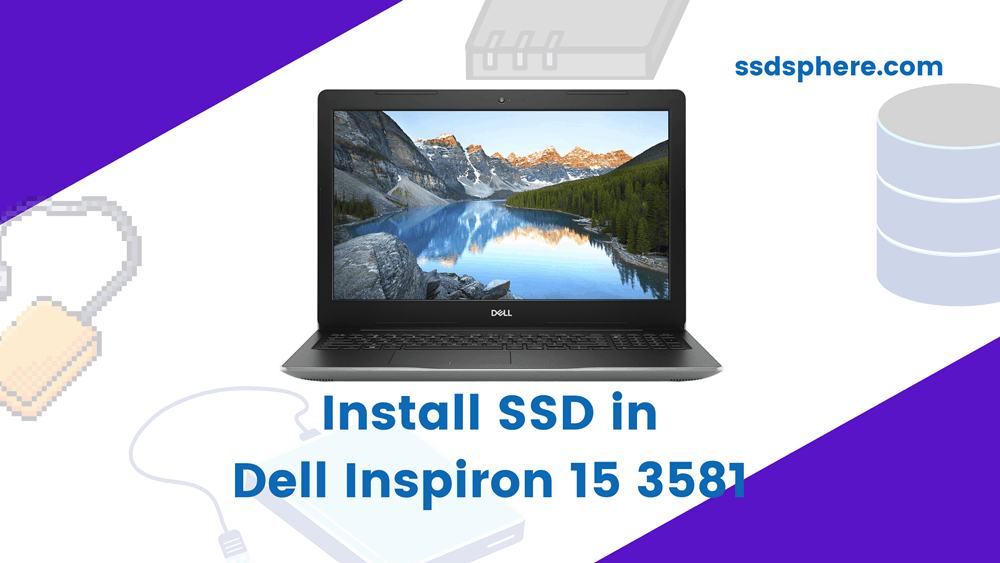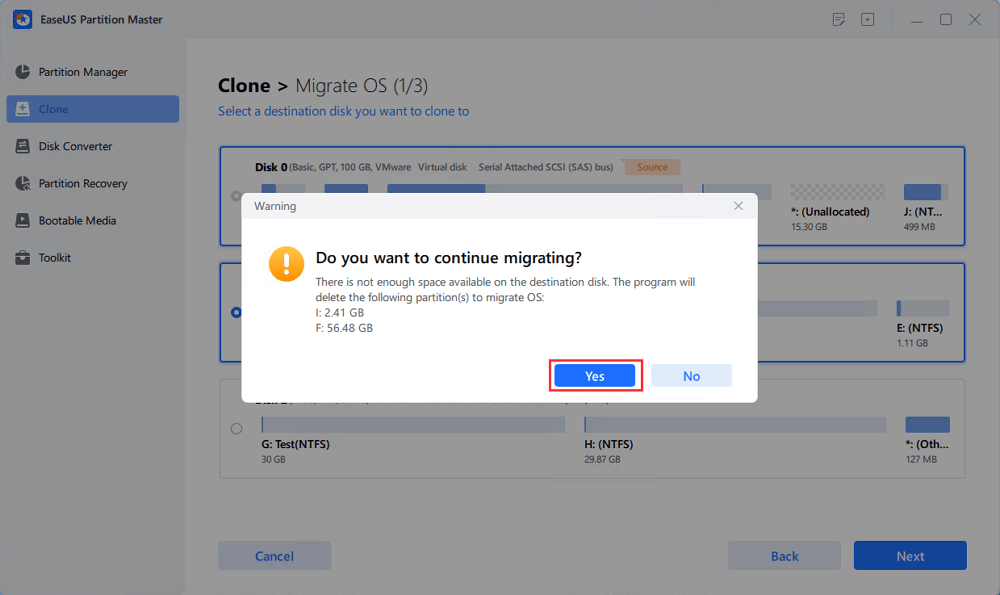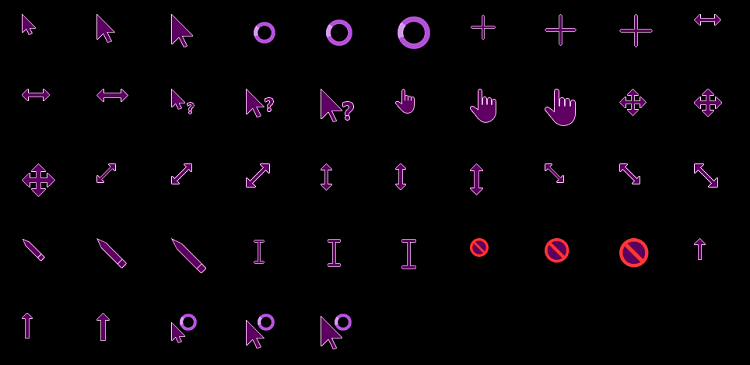

Here are the things you need in this tutorial: I advise reading through all the steps first and then follow the tutorial on your system. The tutorial should work for other hardware manufacturers and Linux distributions. I have used an Acer Predator gaming laptop in this tutorial to install Ubuntu alongside Windows. But this could be complicated to set specially with fast boot enabled on Windows which would mean special efforts to auto-mount the partitions. This way, application-specific files like browser caching utilize the SSD and other big files stay on HDD. And you make a partition on the HDD and then soft link it to your Music, Videos and Downloads folder. This way, you boot faster into Linux and you have plenty of disk space for your personal documents and downloads. You keep the root (and thus swap and boot) on SSD and you put your Home directory on HDD. You’ll have plenty of disk space, but Linux will boot slower, and you won’t get the SSD advantage. This could work if you have 180 GB or 200 GB or more on SSD but won’t work with 120 GB SSD.


You’ll get full advantage of SSD speed, but then you will have only a limited disk space. Now, if you want to dual boot on a system with two disks, you may get confused about where should you be installing Linux. 1 TB SSD would increase the system price a lot and hence this particular combination of SSD and HDD. This is usually the scene with gaming laptops where large disk space matters for storing game files but SSD is required for faster boot and computing experience. It comes with a SSD with limited disk space like 120 GB and an additional HDD with 500 GB or 1 TB disk space. Here’s the scenario: you got a new computer. Why? Because the scenario is slightly different and several It’s FOSS readers have asked questions about this particular scenario. Recently, I also wrote about dual booting on a Bitlocker encrypted Windows system.Īnd yet here I am talking about it again. Crash on Ryzen CPU when baking, can be fixed by updating the BIOS.Dual booting Ubuntu and Windows is not that complicated and I have covered it in detailed tutorial in the past.To use the software via RDP (Remote Desktop) see the dedicated documentation page.We recommend updating the system or installing the following library. On CentOS 7.5 or older, the application may not start because of a library dependency issues (FT_Get_Font_Format error).Only versions 2019.x and above have been notarized in order to run on MacOS 10.15 (Catalina).Exporting at 8K (8192*8192 pixels) requires a GPU with more than 2GB of VRam.For working in comfortable conditions we recommend a monitor with a resolution greater than 1 Mega Pixels and wider than 1280 pixels.



 0 kommentar(er)
0 kommentar(er)
